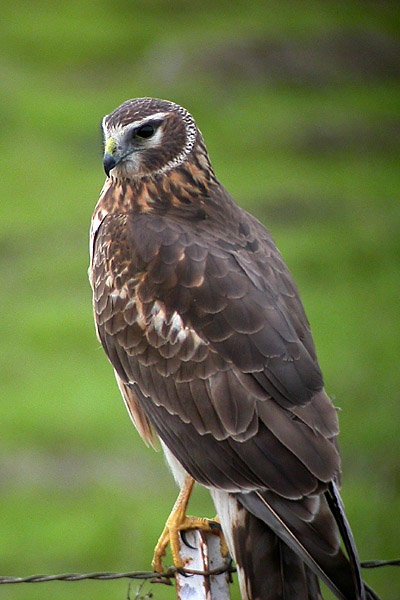Facts About Hen harrier
The hen harrier is a captivating bird of prey belonging to the genus Circus, with its scientific name "cyaneus" translating to "dark-blue" in Latin. There's some debate among experts about whether the northern harrier and the hen harrier are distinct species or merely regional variants. These birds breed across Eurasia and are known for occasionally preying on free-ranging poultry. As winter approaches, they migrate to southern Europe and temperate parts of Asia, although some individuals remain in milder regions year-round.
Hen harriers measure between 41-52 cm in length, with noticeable differences in plumage between males and females. Males typically weigh between 290-400 grams, whereas females are larger, ranging from 390-750 grams. These birds exhibit polygyny, meaning one male can mate with several females. They construct their nests on the ground or on mounds, laying 4-8 eggs. The female incubates the eggs for about 31-32 days, and the chicks fledge at around 36 days old, reaching breeding maturity between 2-3 years.
Hen harriers primarily hunt small mammals, but their diet also includes birds, amphibians, reptiles, and insects. They've even been observed hunting bats and larger prey such as rabbits and adult ducks. During winter, they often roost communally and face threats from predators like owls, as well as competition from short-eared owls.
Unfortunately, the hen harrier population is declining, particularly in the UK, due to habitat loss and illegal persecution. Despite this, they are still classified as "least concern" on the IUCN Red List. In some European cultures, seeing a harrier was once thought to be an omen of death, though farmers generally appreciated them for controlling pest populations.
Forestry practices also play a significant role in their habitat. Afforestation can disrupt their nesting and foraging areas, but maintaining a mix of different forest age classes can help support hen harrier populations over the long term.

 Germany
Germany